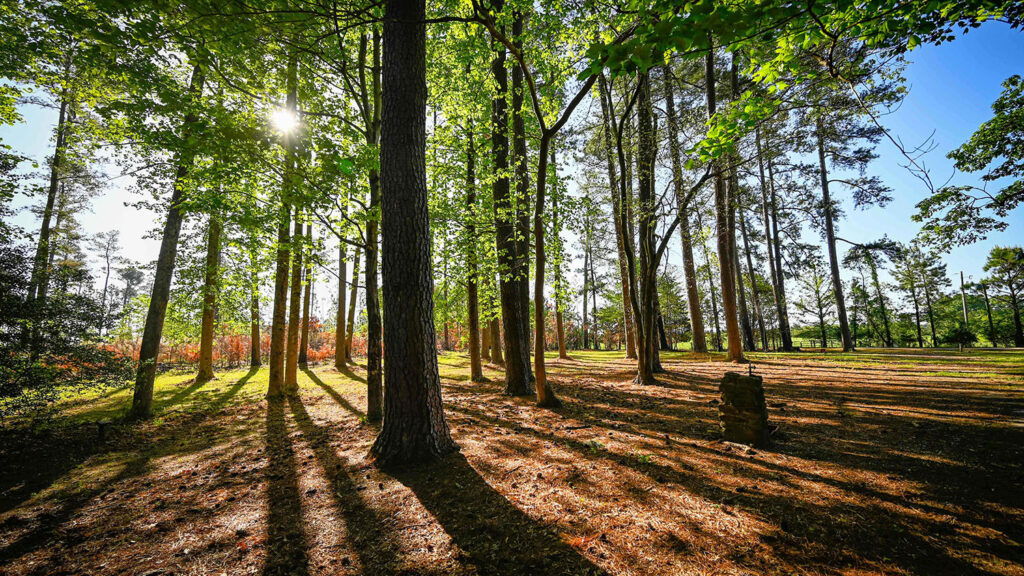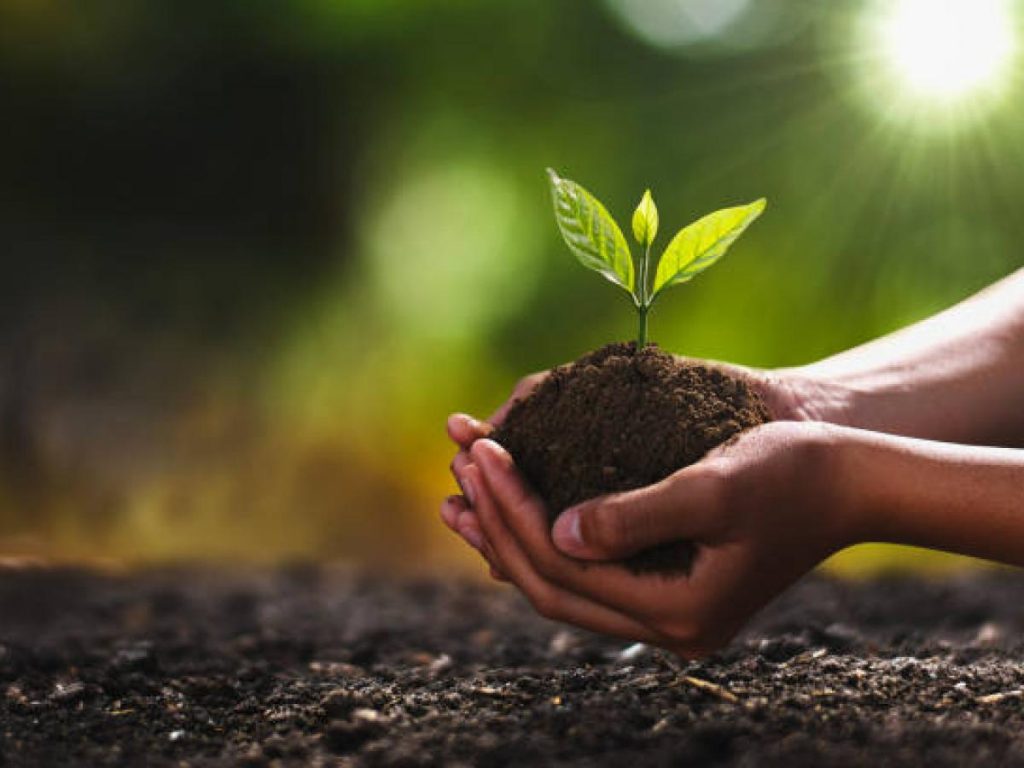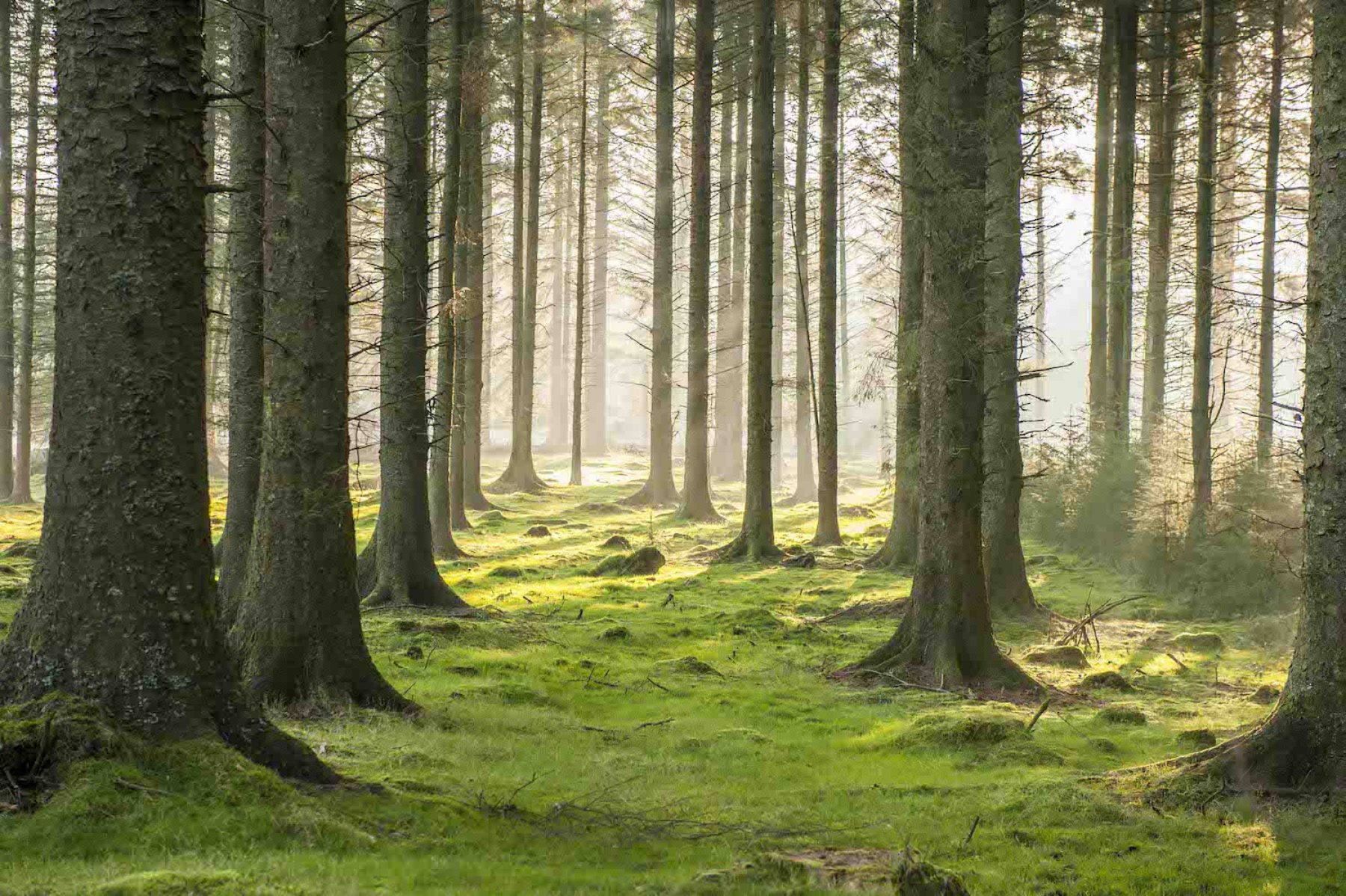Every year on March 21, World Forestry Day or International Day of Forests is observed. The day is observed to raise public awareness about the importance of forests to the survival of all living things.
Forests provide numerous benefits to our lives. Some of these include providing food, purifying air, providing resources, aiding in the fight against climate change, poverty alleviation, providing life-saving medicines, preserving ecological balance, and many others.
Deforestation, forest fires, droughts, pests, and a variety of other factors are posing a serious threat to forests. If not addressed in a timely manner, these factors will not only have an impact on the climate, but will also jeopardise the prosperity and well-being of current and future generations.
World Forestry Day is celebrated to educate people about the advantages of forests, and encourage them to contribute on local, national, and international levels to conserve the forests. One of the major and easy methods by which forests can be preserved is Afforestation (planting of trees).
On the occasion of International Day of Forests, several national and international organizations hold Forest Saving Campaigns in which people are educated and encouraged to take part in tree planting drives. We should also participate in such events to save our future generations from the climatic and environmental disasters that may occur due to extinction of forests.

Theme of World Forestry Day 2023
Every year, the international day of forests is recognized under a specific theme. This year, the theme of World Forestry Day 2023 is “Forests and Health.” The main aim of this theme is to make people realize that healthy forests will bring healthy people.
World Forestry Day 2023: History and Significance
21 March was proclaimed as World Forestry Day by the UN General Assembly (UNGA) in 2012. The day is being celebrated to create awareness about the conservation and protection of all types of forests to maintain ecological balance.
The Collaborative Partnership on Forests (CPF) chooses the theme of International Day of Forests annually.
According to the UNGA, “The United Nations Forum on Forests and the Food and Agriculture Organization of the United Nations (FAO), in collaboration with Governments, the Collaborative Partnership on Forests and other relevant organizations in the field are responsible for organizing the events and campaigns related to the World Forestry Day.”
The significance of World Forestry Day is to create awareness and provide education at all levels to ensure sustainable forest management and biodiversity conservation. After all, healthy forests mean healthy, resilient communities and prosperous economies.
HOW DO WE LOVE TREES? LET US COUNT THE (10) WAYS
Forests are the lungs of the earth: essential for environmental stability and human health and happiness. These magnificent and ancient ecosystems are home to 50 percent of all terrestrial species on Earth. And yet, especially in tropical regions, forests are under siege. Our planet’s forests are being destroyed at an alarming rate, driven by unsustainable agriculture, development, logging, and mining. The sheer scale of the crisis boggles the mind—if current deforestation rates continue, tropical rainforests could be gone within the lifetimes of the young people alive today. Luckily, there are solutions within our reach.

1. Conserve trees and forests in your area
Forests and trees—especially big trees and mature forests—have many benefits. They provide habitat for a multitude of species, store carbon, maintain water quality, stabilize the climate, and provide places for people to recreate and connect with nature. Encourage your local government to conserve forests, create parks, and oppose destructive suburban sprawl and other developments. Volunteer with a local land trust or parks and recreation department, or consider a conservation easement if you own forested land.
2. Plant trees—the more the better!
Reforestation is a critical part of the solution to climate change, and restoring previously degraded ecosystems provides essential habitat for threatened species. Plant trees in your community or donate to organizations that plant trees around the world. Keep in mind that planting trees should never be an excuse for destroying existing forests and, when you donate, make sure that your money goes toward restoring native ecosystems rather than planting timber monocultures destined for logging.
3. Support forest conservation organizations
NGOs like the TREE Foundation, the Nature Conservancy, the Sierra Club, Center for Biological Diversity, and Rainforest Action Network offset deforestation and conserve threatened ecosystems around the world. In the absence of effective and environmentally-friendly governance in many areas, NGOs provide important organizational and monetary support for a variety of conservation efforts. Find a reputable conservation charity that speaks to you and send them a tax-deductible donation. Or find a local forest nonprofit and volunteer!
4. Learn about forests, both local and global
Educate yourself about forests, their importance, and the threats they face. The more you learn about these wonderful ecosystems, the more you can appreciate their beauty, complexity, and critical role in our planet’s health. With your newfound knowledge, you can also inspire others to take action! There are many excellent books, websites, and documentaries out there to explore.
5. Buy forest-friendly (or certified) products such as shade-grown coffee
Use your purchasing power in a high-impact way to prevent deforestation. Agriculture is responsible for 80 percent of deforestation around the world, with mining and logging contributing as well. Beef is by far the worst offender—in addition to driving widespread forest clearing in the tropics, cows contribute heavily to climate change by emitting methane. Avoid buying beef, soy, uncertified palm oil or other products that come from the tropics, and look for certifications from the Rainforest Alliance, Forest Stewardship Council, and the Roundtable on Sustainable Palm Oil when you shop. Food co-ops and natural food stores often carry these products. Buy shade-grown coffee, which is grown under the forest canopy rather than on cleared lands.
6. Demand better labeling of products so you know if they are certified and sustainable
Although certifications can give consumers valuable information about the environmental impacts of the products they are buying, the vast majority of products are not certified and many stores do not carry certified products. Demand that your local retailers carry certified products, educate them about why this matters, and call them out if they sell products that result in deforestation. Contact the major food companies you buy from and insist they use sustainable products. Create campaigns that pressure companies to increase transparency in their supply chains and switch to sustainable sourcing for their products.
7. Advocate for climate change solutions
Climate change is already impacting all aspects of human society and the natural world, especially forests. A warming climate will result in many species’ extinctions by disrupting the delicately balanced ecosystems on which countless creatures depend. It is expected also to increase the frequency and severity of droughts and fires in places such as Australia, Indonesia, California, and the extremely biodiverse Amazon rainforest. Forests offset climate change by storing carbon and directly control rainfall and other climatic patterns. Campaign to enact progressive climate policies in your community, and work to reduce your own contribution to climate change.
8. Visit forests often
Spend time in forests and green spaces; they are awe-inspiring. You will have a greater appreciation for and connection with the natural world, as well as positive effects on your health and well-being. As the world urbanizes and people spend more time online, society is growing increasingly disconnected and separated from nature. So get outside! Go hiking or camping, have a picnic, or try to spot some birds. Climb a tree if you dare!
9. Teach kids about forests through books and outdoor exploration
Kids are the future—inspire in them a love of our planet. Read books about trees, teach them about forest ecosystems or, better yet, explore a park with them! Not only is nature good for kids, exposure to nature as children is correlated with positive environmental attitudes as adults. Let their curiosity run wild—you might discover something too!
10. Share your love of forests with others
One of the most powerful causes of forest destruction is ignorance. As ancient trees fall around the world and our society becomes increasingly separated from nature by cities and screens, we must all do our part to spread the word about the importance of forest ecosystems. Take your friends for a hike in the woods or get them involved in a local forest conservation organization. Spread awareness of forest issues—you can start by sharing this list on social media! Humans will not survive without forests. Period. We must all work together to ensure that these magical places survive and thrive for our children and grandchildren.

